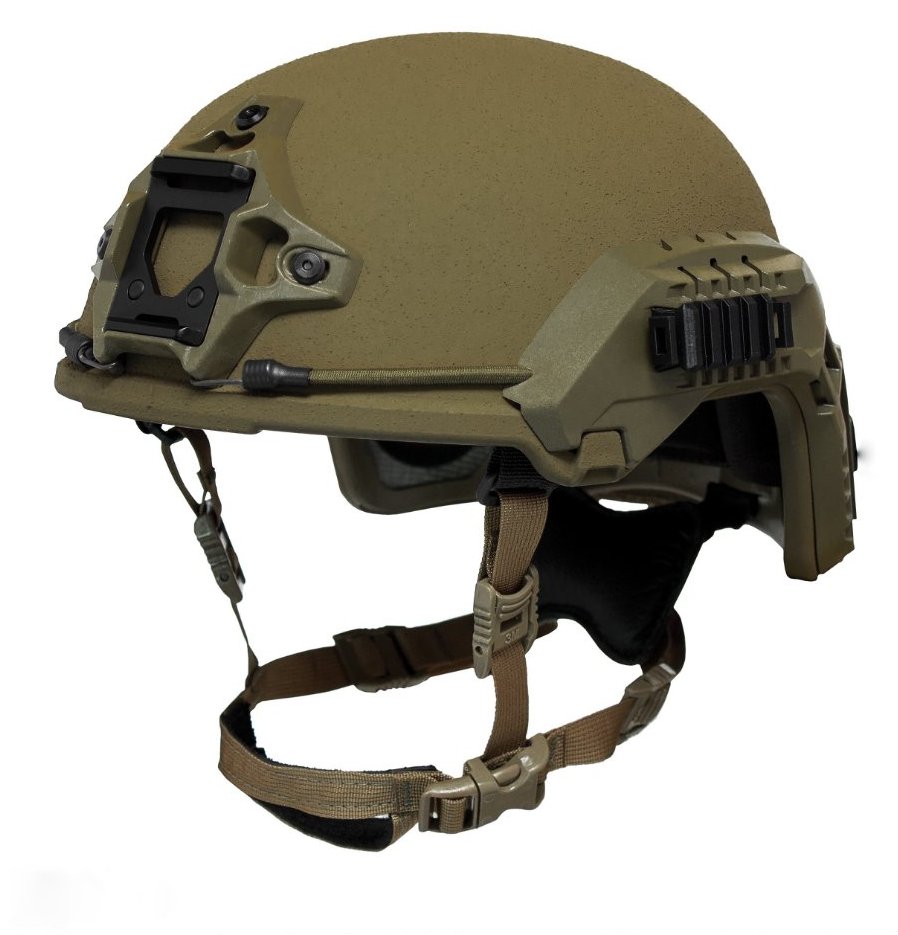

For testing, the velocity of the projectile must be verified using sound or optical chronograph methods. military standard requires (at a minimum) that ballistic eyewear can always withstand a 0.15 caliber, 5.8 grain, T37 shaped projectile at a velocity of 640 to 660 feet per second (approximately 3.8 mm 0.376 g at a velocity of 195 – 201 m/s). Non-impact protectors are those which do not pass all high-impact testing requirements and are therefore marked only with "Z87" (no "+" sign). Products marked as impact protectors must pass all high-impact testing requirements and are marked as "Z87+". Products are either non-impact or impact protectors. In the Z87.1-2010 standard, there is no longer a distinction between levels of ballistic protection. Īlso, the 2003 version specified that protective products be marked as providing "Basic" or "High Impact" protection. The Z87.1-2010 version is organized by the type of hazard such as droplet and splash, impact, optical radiation, dust, fine dust, and mist. The previous version from 2003 was organized by the type of protector. civilian standard for protective eyewear was revised in 2010. civilian standard (ANSI Z87.1 – 2010), a U.S. There are three standards currently used to test the effectiveness of ballistic eyewear.

Law enforcement officers also use ballistic eyewear for confrontations. Hunters are also frequent users of ballistic eyewear because of the possibility of a ricochet or the recoil of the firearm that may result in injury. Military personnel may be required to use ballistic eyewear especially when in combat. This includes many people who work in manufacturing. People who use ballistic eyewear include those who regularly use firearms or are involved in activities where their eyes or faces may be exposed to small fragments. ( November 2013) ( Learn how and when to remove this template message)īallistic eyewear is commercially available for anyone who wishes to buy it. Unsourced material may be challenged and removed. Please help improve this section by adding citations to reliable sources. Army requires for its soldiers that ballistic eyewear be functional, reasonably comfortable, not faddish (i.e., no bright colors or distracting designs) and able to be disinfected.

In addition to impact requirements, the U.S. Some options, including the Wiley X PT-1 and Talon as well as Revision's Sawfly and the Desert Locust Goggle can be obtained in prescription lenses that meet the ballistic protection standards. Army’s Authorized Protective Eyewear List (APEL). At least one product from more than a half dozen manufacturers are listed on the U.S. Some make claims of superior side protection, comfort, anti-fog coatings, interchangeable lenses, transition lenses, etc. Manufacturers offer a variety of styles and colors to meet different needs and preferences. The European standard identifies four levels of impact protection. military standard requires that ballistic eyewear must be able to withstand up to a 3.8 mm (.15 caliber) projectile at 195 m/s (640 ft/s)) for spectacles and 5.6 mm (.22 caliber) projectile at 168–171 m/s (550–560 ft/s) for goggles. Ballistic sunglasses or prescription eyeglasses must meet the same requirements.
Army eye pro regulation update#
Though these standards have been very commonly used especially by NATO forces, an update on MCEPS of January 2013 now reference these clauses in MIL-PRF-32432. Some can accommodate prescription lenses.Īlthough not required, it is recommended that all eyewear meet ANSI Z87.1, but for ballistic protective eyewear it is required that it meets military standards for impact protection (MIL-DTL-43511D clause 3.5.10 for goggles and visors and MIL-PRF31013 clause 3.5.1.1 for spectacles). Safety glasses, sunglasses and goggles that claim to meet ballistic safety standards are widely available. Army Approved Protective Eyewear List (APEL). The documentation of the update process is essentially for the evaluation of the quality of the update process.ĮSSnet KOMUSO-SGA3, WP2 defines the Four eyes principle as one of the minimum requirements for closing the process of regular updates.Another example of ballistic eyewear from the U.S. These updates should follow a well-defined procedure taking into account the different sources and the Statistical unit s. There are regular updates of a Frame, which are based on the statistical production needs and on data deliveries of all relevant internal and external providers. The Four eyes principle is recommended in the “Quality guidelines for frame updates” of the ESSnet KOMUSO and should guarantee that the update of a Frame is done in a correct way. The Four eyes principle is sometimes called the two-man rule or the two-person rule. The Four eyes principle is a requirement that two individuals approve some action before it can be taken.


 0 kommentar(er)
0 kommentar(er)
